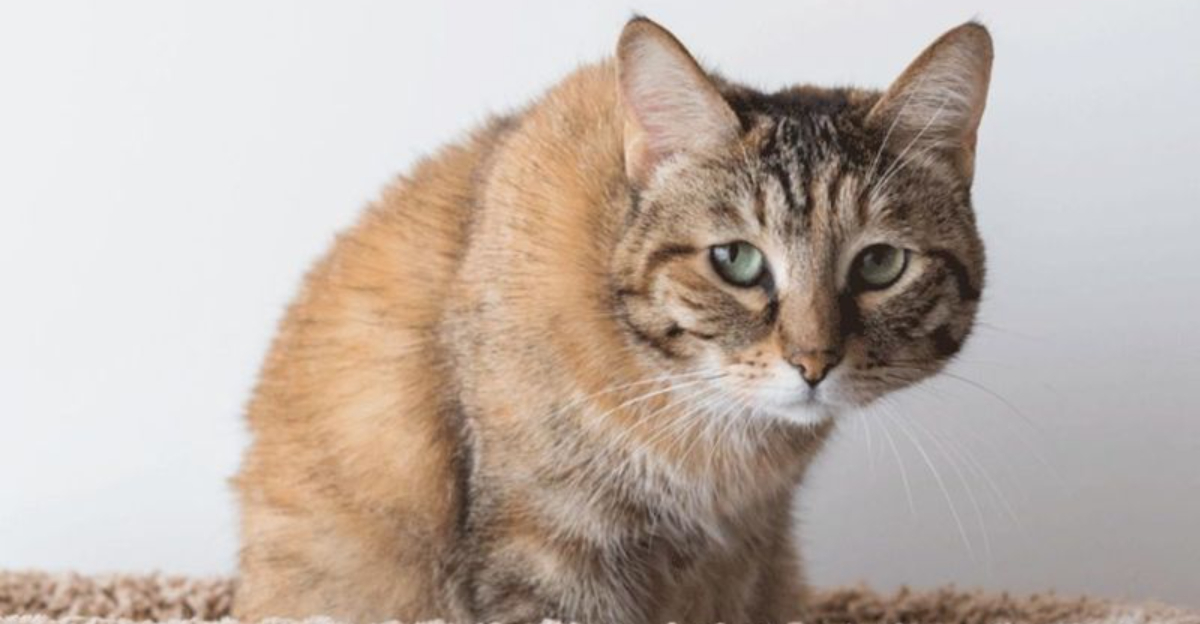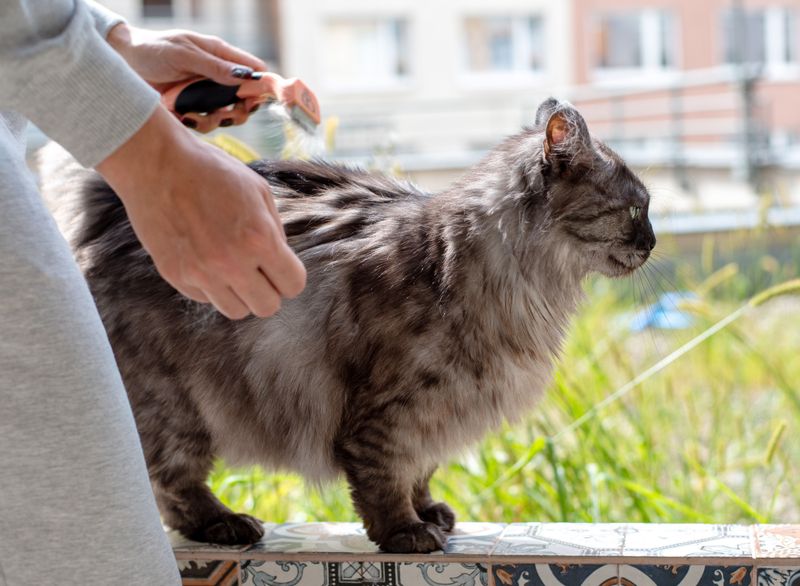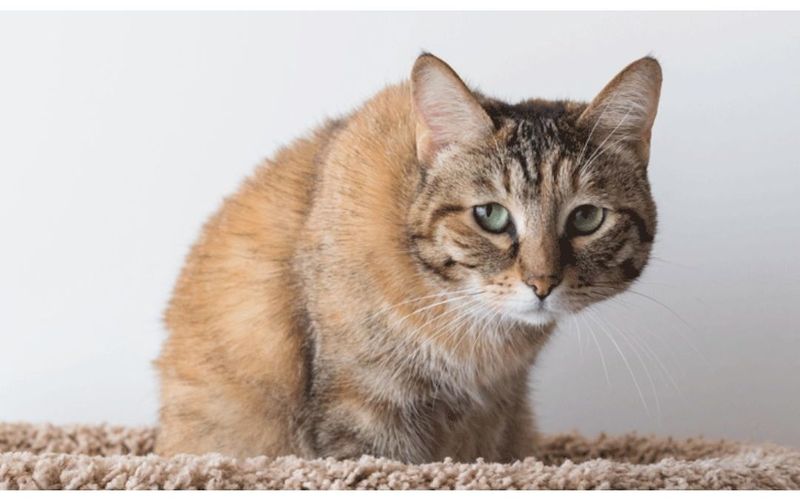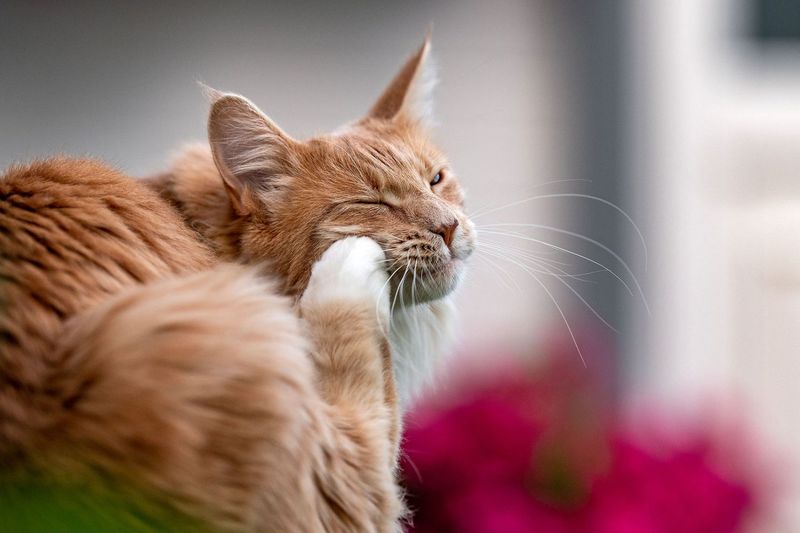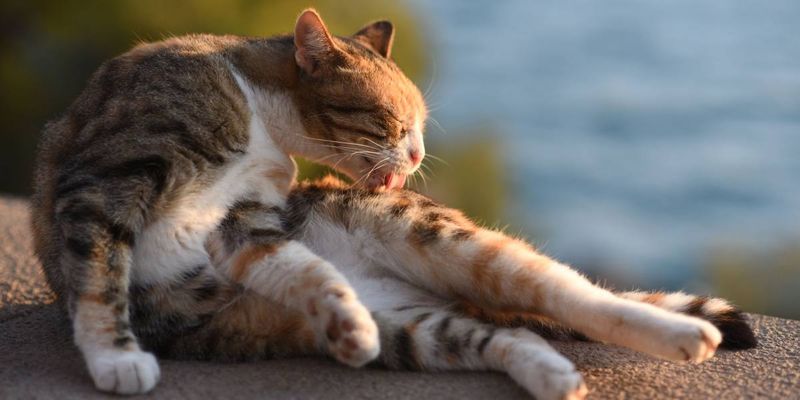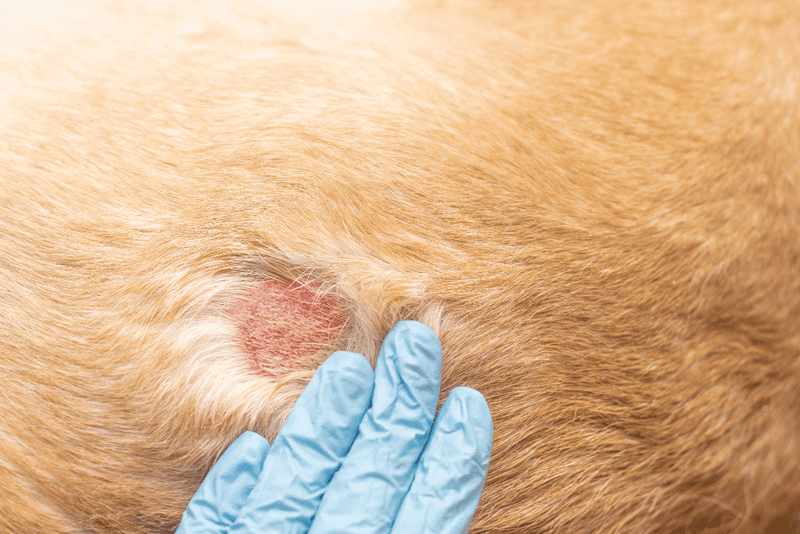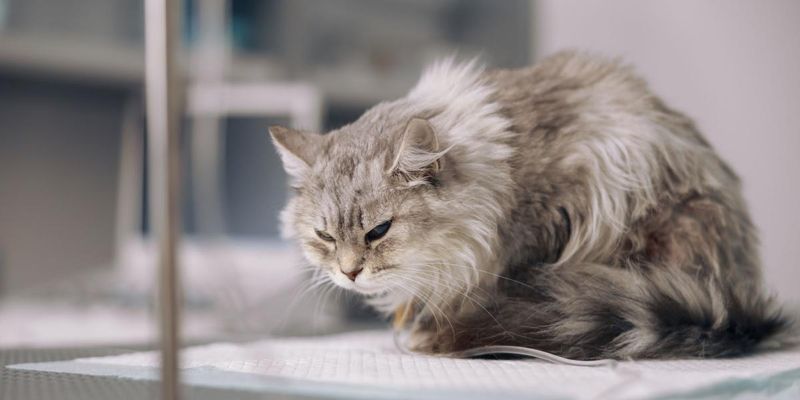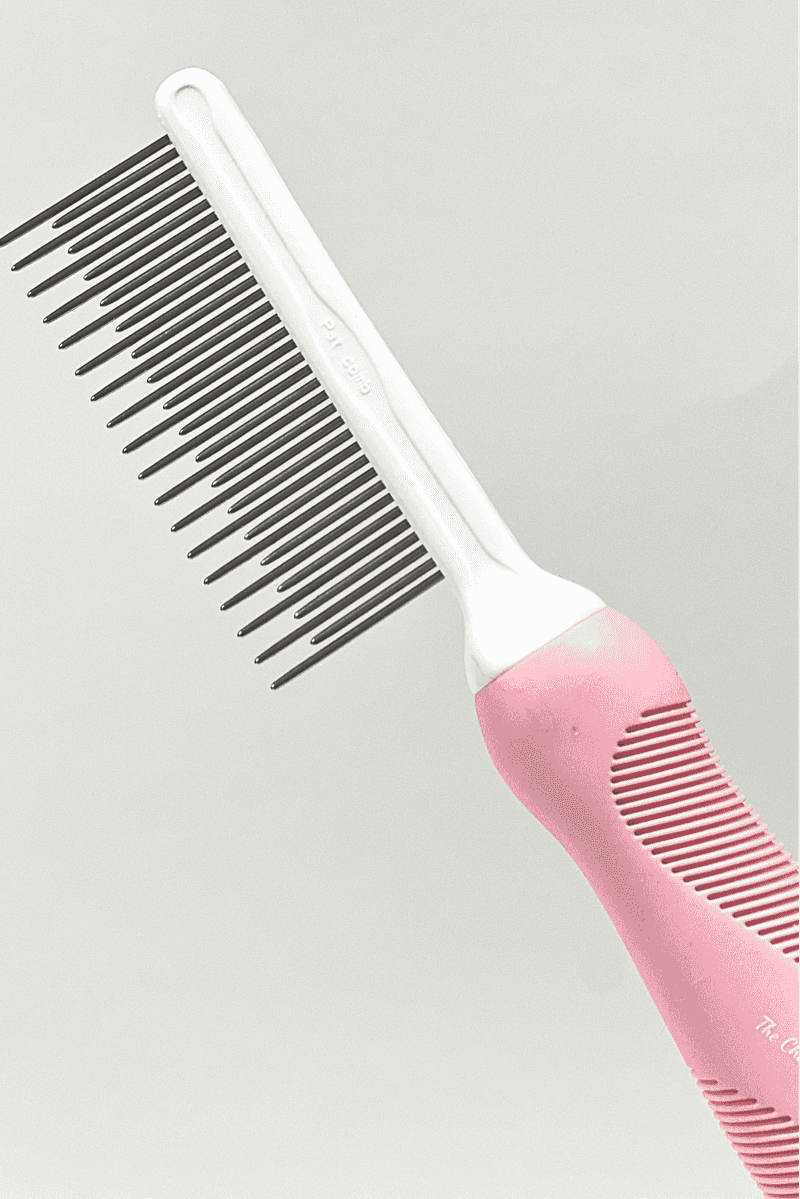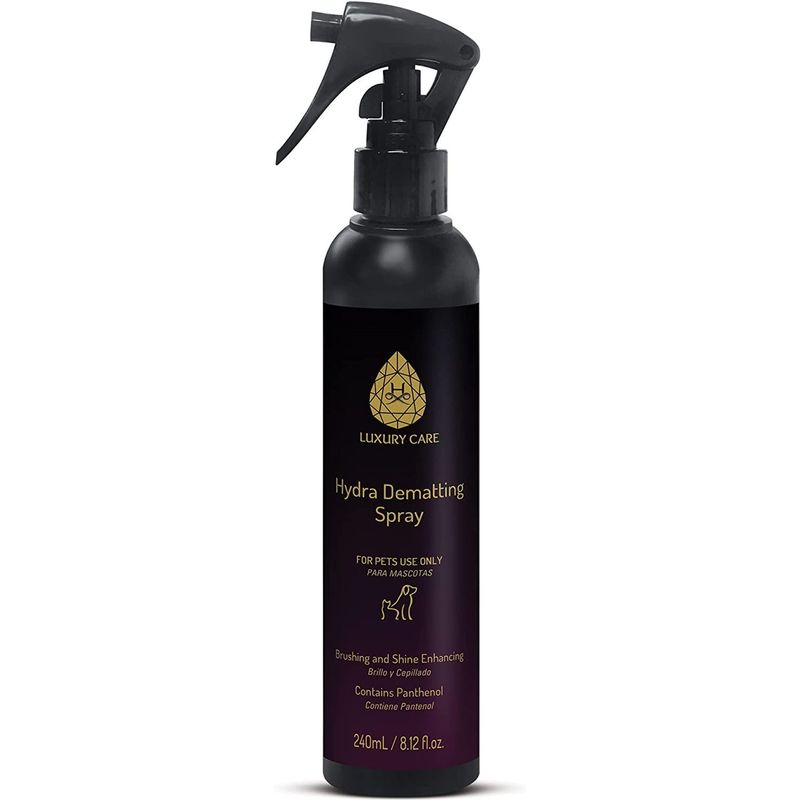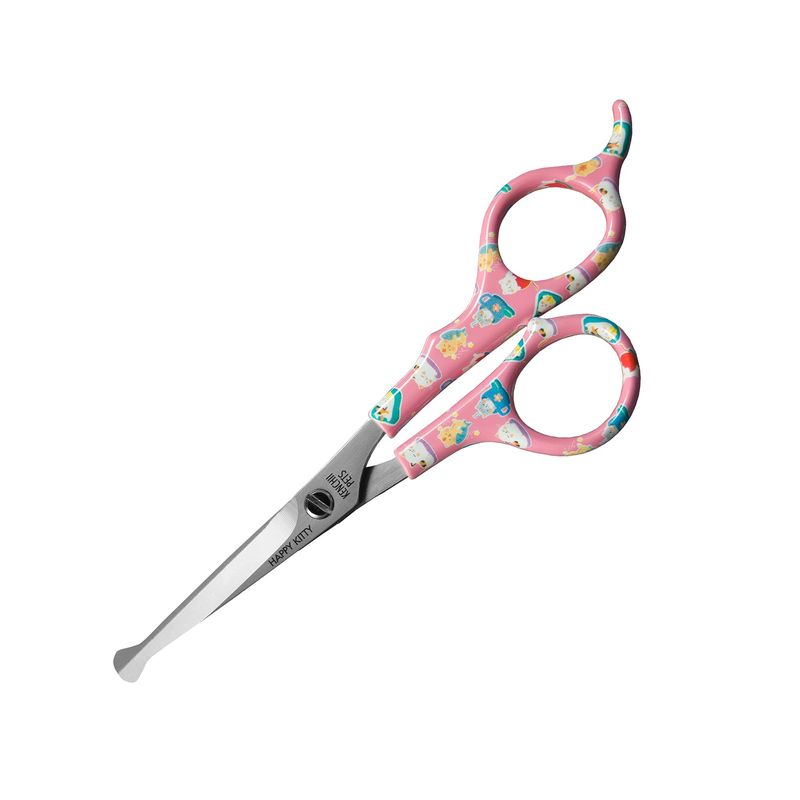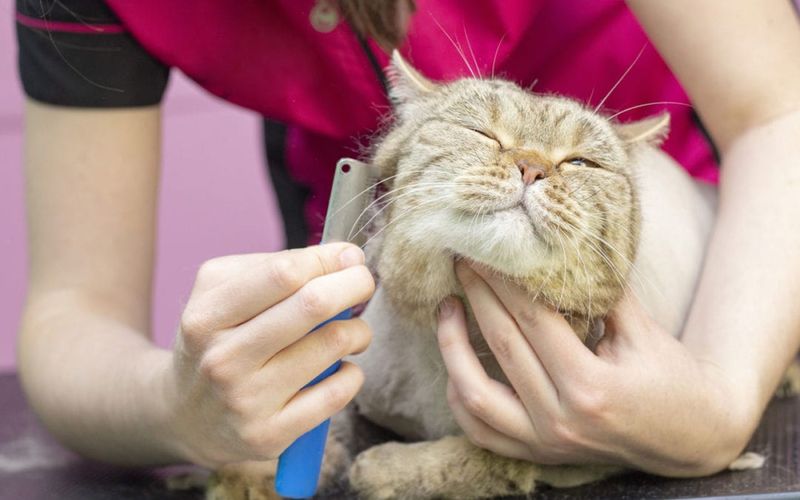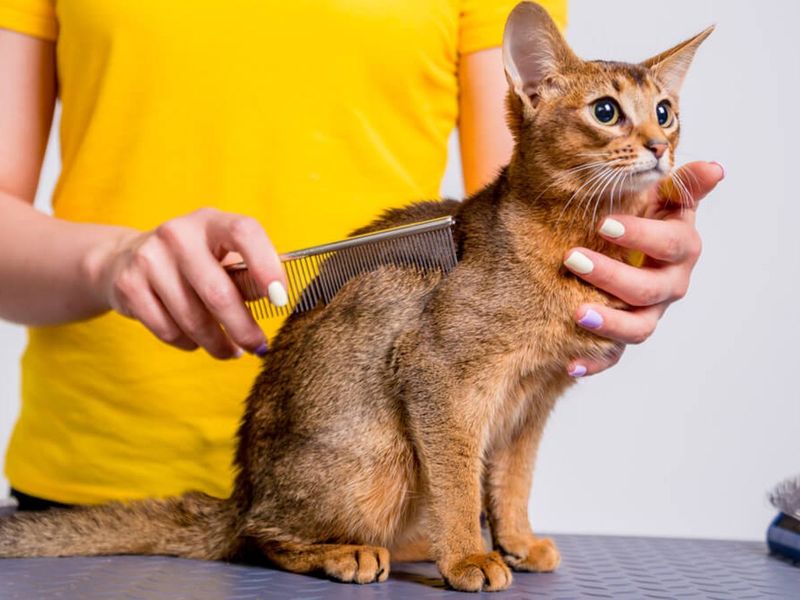📖 Table of Content:
- 1. Clumps or Knots in the Fur
- 2. Reluctance to Be Touched
- 3. Unusual Scratching or Biting
- 4. Changes in Grooming Behavior
- 5. Skin Inflammation or Odor
- 6. Visible Discomfort When Moving
- 1. Use a Detangling Comb or Mat Splitter
- 2. Try a Mat Removal Spray
- 3. Clip (Don’t Cut) Stubborn Mats
- 4. Make Grooming a Routine
- 5. Call a Professional Groomer or Vet
Cats are known for being meticulous groomers, spending hours a day licking and cleaning their fur. But even the most diligent feline can struggle with mats—tight, tangled clumps of hair that can form silently over time. While these mats might look minor at first, they can lead to serious discomfort, skin problems, and even infections if not addressed properly.
Not every cat is equally prone to matting. Long-haired breeds like Persians and Maine Coons are more susceptible, but short-haired cats can develop mats too, especially if they’re aging, overweight, or dealing with health issues. Mats often hide in hard-to-see areas like behind the ears, under the legs, and along the belly, which makes early detection even more important.
This guide will walk you through the telltale signs that your cat may have a mat problem and give you practical, safe ways to handle it. Whether you’re a new cat parent or a seasoned feline fan, understanding the signs and solutions can make a world of difference in your cat’s comfort and coat health.
1. Clumps or Knots in the Fur
At first glance, you might think your cat simply has a little fluff out of place—but those clumps can quickly turn into stubborn mats. These tightly tangled knots often feel like small, firm lumps buried in the fur and can be surprisingly hard to separate. Typically, mats form in areas of friction like behind the ears, under the front legs, on the belly, and near the tail base. While they may start soft and loose, they can tighten over time, pulling at the skin and causing pain. Left unchecked, they can even restrict your cat’s movement and trap dirt or moisture against the skin. Always take a closer look if you notice uneven patches or thickened areas in your cat’s coat. The earlier you spot them, the easier they are to remove without distress.
2. Reluctance to Be Touched
Your once cuddly cat now flinches or squirms when you pet them? That may be a clear indicator of mats causing discomfort. Unlike visible clumps, this behavioral shift is subtle but serious—it often means mats are pulling at sensitive skin underneath the fur. Especially in areas like the back legs, belly, or armpits, mats can make simple contact feel painful. Cats, being the masters of hiding pain, may not vocalize their discomfort but instead avoid affection or become reactive. If your cat is usually tolerant of touch and suddenly avoids it, check for hidden tangles. Don’t ignore these moments—they’re your cat’s quiet way of asking for help.
3. Unusual Scratching or Biting
It might seem like typical grooming at first, but excessive scratching or biting at the same area is a red flag. Your cat could be trying to relieve the itching or irritation caused by a mat tugging at their skin. These spots can become hotbeds for trapped dirt, oil, and bacteria, turning a small mat into an inflamed, infected sore. Constant chewing or licking may also break the skin, making matters worse. Keep an eye out for redness, scabbing, or hair loss around the area being chewed. If your cat seems fixated on one spot, part the fur and inspect closely. A mat might be the hidden culprit causing all that fuss.
4. Changes in Grooming Behavior
Perhaps the most overlooked sign is a noticeable drop in your cat’s self-grooming. Cats naturally take pride in their cleanliness, but if they’re ill, aging, or overweight, they may struggle to reach certain areas. As a result, mats often begin to form in neglected parts of the coat. A once sleek and shiny cat might start looking unkempt, with fur clumping or flattening. Take note if your cat stops grooming entirely or grooms in an uneven, erratic way. This could be both a symptom of mats forming and a cause of future ones. Your cat’s coat is a mirror of their well-being—changes here are worth investigating.
5. Skin Inflammation or Odor
Underneath a mat, the skin can quickly become a breeding ground for bacteria and fungi. Moisture trapped beneath these dense clumps creates the perfect warm, dark environment for infection. You may notice redness, swelling, or even open sores beneath or around a mat. In more advanced cases, an unpleasant smell might develop—indicating that infection is already present. Even small mats can cause significant irritation if they remain for too long. If you detect any sour or musty odors when petting your cat, gently examine the surrounding fur. These warning signs should prompt quick action and, if needed, a vet visit.
6. Visible Discomfort When Moving
Not all mats are visible, but their effects can be clearly seen in how your cat moves. Mats near joints or on the belly can tug at the skin with every step, making simple movements painful. You might notice your cat hesitating to jump onto the couch, walk stiffly, or spend more time lying down. Such behavioral changes are easy to chalk up to laziness or aging, but they can actually point to physical discomfort from matted fur. Try observing your cat when it stretches or climbs—awkward motions may mean it’s avoiding painful areas. The longer mats go unaddressed, the more mobility can suffer. When in doubt, check beneath the fluff.
1. Use a Detangling Comb or Mat Splitter
For small to moderate mats, grooming tools like wide-tooth combs or mat splitters can work wonders. Begin by gently holding the mat close to the skin to avoid painful tugging. Then, using short, careful strokes, work through the ends of the mat and slowly make your way inward. Patience is key—don’t try to rush or rip through the tangle. Detangling sessions are often best done over a few days to avoid stressing your cat. You can also offer treats or breaks between strokes to make the experience more positive. Remember: slow, gentle grooming is more effective (and more appreciated) than a single long session.
2. Try a Mat Removal Spray
Another helpful tool in your grooming kit is a cat-safe mat removal spray. These sprays are formulated to soften and loosen tangles, making combing far easier and safer. Before use, ensure the spray is specifically designed for cats—human or dog products may irritate their sensitive skin. Spritz lightly on the affected area and let it sit for a minute before combing through. This can dramatically reduce pulling and make the process more comfortable for your pet. Many sprays also leave a soft scent or conditioning effect on the coat. Always test on a small patch first to rule out any sensitivity.
3. Clip (Don’t Cut) Stubborn Mats
Some mats are too tight to comb out and may require clipping. Rather than using sharp scissors, which risk cutting the skin, opt for pet-safe clippers or blunt-ended grooming scissors. Work slowly, lifting the mat away from the skin as much as possible before trimming. If you’re unsure or if the mat is close to delicate areas, it’s best not to risk injury. It’s okay to leave a small bald patch—your cat’s fur will grow back. The priority is keeping your cat comfortable and pain-free. When in doubt, seek a groomer’s help.
4. Make Grooming a Routine
Preventing mats is much easier than removing them. Establish a regular grooming routine based on your cat’s coat length and activity level. For long-haired cats, daily brushing is ideal, while short-haired breeds may only need a quick weekly comb-through. Consistency helps your cat become familiar with the process and reduces anxiety over time. Use soft brushes at first and reward your cat with treats or play afterward. A few minutes each day can keep mats at bay and strengthen your bond. Think of grooming as a loving habit—not a chore.
5. Call a Professional Groomer or Vet
Sometimes, the safest and kindest option is to call in the experts. If your cat has severe mats, skin irritation, or shows signs of distress, a groomer or vet can help remove mats safely. Professional tools and sedation (when needed) ensure your cat stays calm and pain-free throughout the process. Vets can also check for skin infections or underlying health conditions that may contribute to matting. Don’t hesitate to ask questions or request advice on future grooming practices. It’s not a sign of failure—it’s a step toward better care. Your cat will thank you for it.
